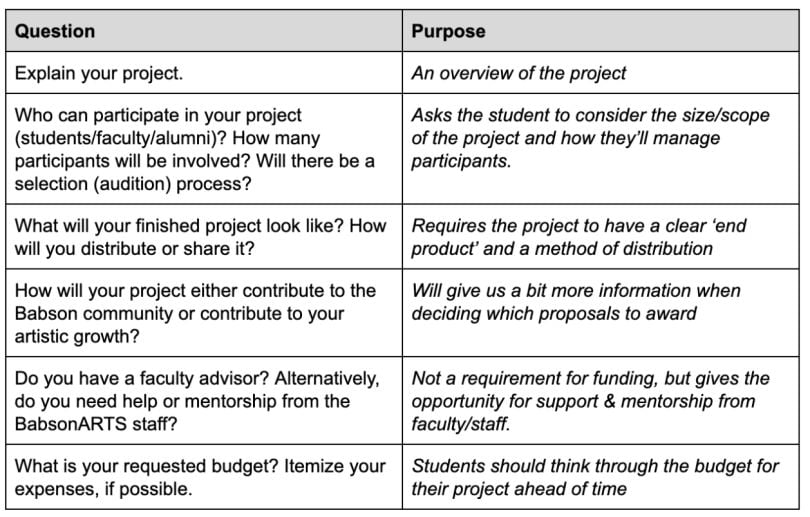“We got it down to 200 words,” my colleague says. I’m still worried. This program description is uniquely complicated; we have to communicate distinct requirements, deadlines, and legal caveats clearly so that the user understands what we’re asking them to do. The original copy was closer to 300 words, but that’s too much text for a single component on the homepage.
I’m worried because of a lesson I learned the hard way — it doesn’t matter how elegant or clear your writing is, the majority of people glaze over more than a sentence or two of messaging. I didn’t learn this from my past experiences as a product manager, though. I learned this through volunteering at the American Red Cross.
When the pandemic hit, I had some unexpected free time and desperately wanted to help out however I could, so I said yes to any volunteer opportunity that came my way. I wasn’t expecting that I would soon be volunteering four-to-eight hours a week, or that I’d reach 500 hours of volunteering by May 2022. I was really surprised when I noticed my volunteer experience influenced the way I approach my job as a product manager.
How 500 Hours of Volunteering Made Me a Better Product Manager
BabsonARTS
As a student at Babson College, the arts were a huge part of my life. When the pandemic shut down college campuses, I knew that BabsonARTS would be hit hard. I reached out to the department to ask if I could help with ensuring that arts programming and resources would still reach the students remotely. Their director told me she was considering creating a grant program for students to request funds for their artistic pursuits while at home. My product manager brain started spinning with ideas, and I told her I’d have a draft proposal for program guidelines within a week.
Now, I don’t know anything about creating or managing an arts grant. But I do know how to approach a big problem and figure out some actionable solutions. We wanted to make sure that we created a program that provides support and resources (beyond just money) to remote students so they could successfully execute their projects. I also saw an awesome opportunity to build real-world project management skills in these future business leaders. We created a short application form that asks a few standard questions, but with a clear purpose for each. Here were my notes from the time:

This application helped students structure their ideas into a neat proposal for review from the selection committee. The response was overwhelming — we received all kinds of creative proposals for theater, music performance, and visual arts projects. No two proposals were the same, and we approved as many as we could.
The BabsonARTS grant program still runs today, even though school is back on campus. I still sit on the selection committee and I’m in awe of the extremely cool, creative, and ambitious proposals I read. For me personally, this experience enabled me to give back to a community I care deeply about, while also helping me develop my real-world problems solving skills through a product management lens.
The American Red Cross
The first wave of lockdowns showed me the need for boots-on-the-ground, essential services volunteering. I looked for the areas of greatest need on the American Red Cross website, and found that they needed blood donor ambassadors to work the front desk at blood drives. This role is crucial for managing donor check-in and handling other administrative tasks so the medical staff can focus their attention on the actual blood donations. After my first twenty blood drives, I signed on to become a BDA trainer. It sounded simple enough. I would train and onboard about three new volunteers every week over a 15-minute video call.
I held training calls with all kinds of people: teenagers, college students, former nurses and doctors, remote tech workers, retired folks, immigrants and ESL-speakers, even the employees of an entire credit union in Dartmouth, Massachusetts! I learned quickly that while the content of the training was simple enough to deliver, the real-world considerations of speaking one-on-one with people is far more challenging. In order to effectively train everyone, I had to adjust my approach in real-time based on the visual cues and feedback I received. For example, while most people could schedule their training session with me over email, some people were more responsive when I called them. Similarly, I had to check my own biases when I realized that opening a video call link is not an easy task for everyone. I learned to speak slowly and clearly and to follow up each session with a much more detailed welcome email.
As a user-facing product manager, this experience has been invaluable for showing me the importance of knowing who your audience is and communicating with them in the method that is best for them. Now when I write or review user-facing messaging, I consider the tone, length, and channel more carefully than before.
Boston Product Management Association
I joined BPMA during the pandemic to connect with local product managers and learn more about product management best practices. When they asked for a volunteer to take over their social media, I offered to help. Even though I majored in marketing and work with marketing stakeholders in every product role I’ve held, I’d never done social media marketing before. I was drawn to the opportunity because I wanted to see if I could help them promote the organization while also learning a new skill.
When I started building the strategy, the first question I asked was, “What does success look like?” In other words, what is the purpose of our social media accounts? Is it to promote the organization to a wider audience or to deepen our engagement with our existing community? The answer is a little bit of both, so I had to create two different strategies: one focused on acquisition, the other on engagement. The first decision I made was to drop our nearly abandoned Facebook and Twitter accounts and focus exclusively on LinkedIn (we are a professional organization, after all). I studied up on LinkedIn best practices and created a posting schedule for a blend of content that would both encourage new visitors and keep our existing members interested. Since I took over in 2021, we’ve had a 61 percent increase in followers to our LinkedIn page. I don’t believe that increased followers is the end-all, be-all measure of success (we also track engagement in other ways), but it is a good quantitative measure to know that my efforts are helping.
I don’t see a future career in social media marketing for me, but this experience has taught me how to take an analytical approach to creating a strategy. I also feel a bit more confident in my own marketing skills, which is a good supplemental skill to have as a user-facing PM.
How You Can Choose Your Volunteering Cause
I highly recommend that anyone with extra time find a cause that’s meaningful to them and look for ways to help. Not only is it a great way to give back to communities in need, but it can also develop your professional skills and widen your social network. If you don’t know where to start, consider organizations you already have some relationship with. For example, many universities look for alumni volunteers in all sorts of roles. Your employer may have a dedicated relationship with a local organization that you can easily get started with. If you live in a major city, check out aggregator volunteer sites like Boston Cares, New York Cares, Chicago Cares, or Pittsburgh Cares. You can look into major national organizations like the American Red Cross. Finally, you can ask your friends and coworkers where they volunteer and see if you can join them! The most important thing is to be open to new experiences — you never know what you may learn or how it could change your life.
I believe that product management is fundamentally about being of service to your users by building them the digital experiences that they need. Volunteering for causes I care about helps me be a better product manager because it opens my eyes to new skills, different kinds of problems, and allows me to be of service to others in a meaningful way outside of work.





